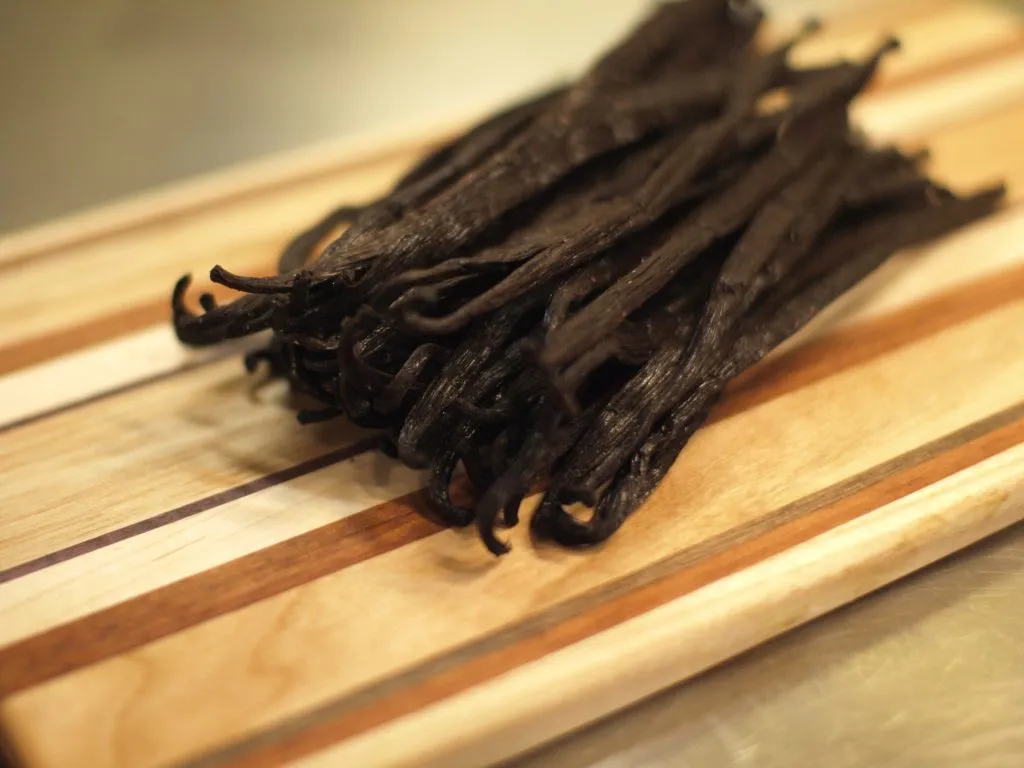Tentang Vanilla
Difference Between Natural and Synthetic Vanilla
Vanilla, known for its fragrant, sweet, and complex flavor profile, is a favorite among bakers and chefs alike. However, not all vanilla is created equal. There’s a significant distinction between natural and synthetic vanilla, and understanding these differences can greatly impact the flavor of your dishes and desserts. Let’s explore what sets these two apart and why you might choose one over the other.
What is Natural Vanilla?
Natural vanilla is derived from the pods of the Vanilla planifolia plant, a species of orchid. The process of producing natural vanilla is labor-intensive, involving hand-pollinating the flowers, harvesting the pods, and then curing them over several months. This curing process allows the beans to develop their full flavor and aromatic potential. The result is a vanilla extract that contains several hundred different compounds, with vanillin being the most predominant.
Benefits of Natural Vanilla
- Complex Flavor: Natural vanilla offers a rich, nuanced flavor that synthetic vanilla can’t replicate. It provides a warm, floral aroma that is robust and multidimensional.
- Culinary Versatility: Its complexity enhances both sweet and savory dishes, offering a depth that complements a wide range of ingredients.
- No Artificial Additives: It contains no synthetic chemicals or additives, making it a preferred choice for those seeking natural ingredients in their cooking.
What is Synthetic Vanilla?
Synthetic vanilla, also known as vanillin, is a chemically synthesized substance designed to mimic the flavor of natural vanilla. It is primarily derived from guaiacol or lignin, which can be sourced from wood, coal tar, or even the petrochemical industry. The appeal of synthetic vanilla lies mainly in its cost and consistency.
Benefits of Synthetic Vanilla
- Cost-Effective: Synthetic vanilla is significantly cheaper to produce than natural vanilla, making it more accessible for everyday use.
- Flavor Consistency: It offers a uniform flavor, which can be important in large-scale food production where consistency is key.
- Availability: Unlike natural vanilla, which can fluctuate in price and availability due to crop yields, synthetic vanilla is always available and stable in price.
Choosing Between Natural and Synthetic Vanilla
The choice between natural and synthetic vanilla often comes down to the application, budget, and taste preference:
- Baking and High-Heat Cooking: Synthetic vanilla can be a practical choice in recipes where the delicate nuances of natural vanilla would be lost due to high temperatures.
- No-Cook Dishes and Fine Desserts: Natural vanilla is superior in cold dishes or when vanilla is a standout flavor, such as in ice cream or custards, where its complex profile can shine through.
In gourmet cooking and specialty baking, the depth and aromatic profile of natural vanilla are often preferred for their unparalleled quality and flavor. However, for everyday baking and cost-effective production, synthetic vanilla may be suitable.
Visit Our Website
Interested in discovering more about the unique qualities of natural vanilla? Visit EMAS Vanilla to explore our wide range of natural vanilla products, perfect for those who appreciate the rich, authentic flavors in their culinary creations. Whether you’re a professional chef or a home baker, our high-quality vanilla will make all the difference in your dishes. Experience the true essence of vanilla with EMAS Vanilla today!
Understanding the differences between natural and synthetic vanilla not only helps in making informed choices but also in appreciating the craftsmanship behind one of the world’s most beloved flavors. Each type has its place in the kitchen, depending on your culinary needs and flavor expectations.

